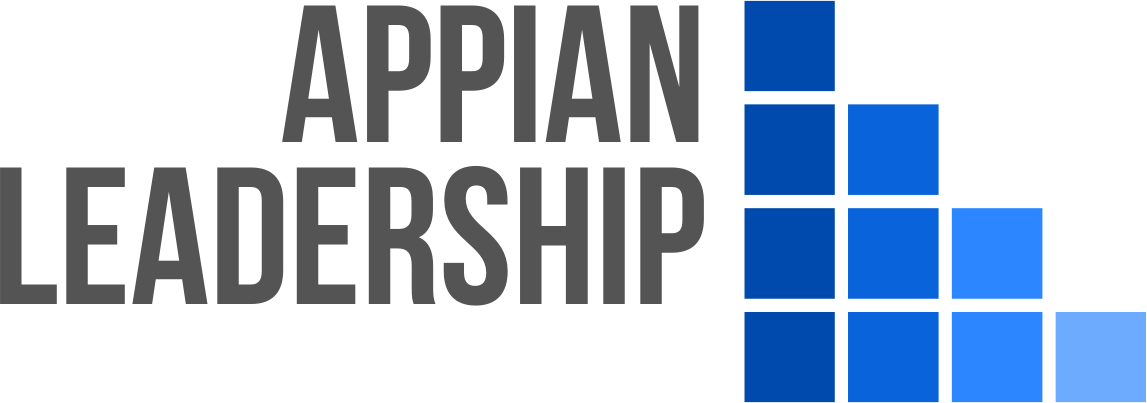On Being and Becoming
What's below is a short excerpt from the first chapter of our book, The Leadership Check-Up. We feel that, as many of us begin pivoting from lockdown to...something else it's timely to share our thinking about the shift from Being to Becoming. We hope you find this helpful as you are making your own shift, whatever it might be.
From the book…
Most people, most of the time are busy being something. Sometimes they are being a person filling a job title. Sometimes they are being a person in a relationship. Sometimes they are being a person with a to-do list. Sometimes they are just being a person sitting on a couch.
But every so often someone raises their head from their busy-ness, looks around, and spots a shimmer on the horizon. If they’re willing to look at it long enough, they discover that what they can just make out is themselves, only better—a vision of the version of themselves they would love to become.
And if they’re willing to hold that vision in front of themselves long enough, they start to feel a tug, pulling them toward that better version.
If they’re willing to embrace that tug, and let it actually pull them forward, the shimmer starts to clear, the vision comes into focus, and the tug becomes a craving.
If they are willing to let that craving become a guiding force in their lives—in other words, if they are willing to start doing what it takes to become that better version—then they have shifted from being busy to becoming something better. They have made the switch from Being to Becoming.
And in that moment, they recognize that the craving that exists between Being and Becoming shifts from Disappointment* to Purpose.
Here’s a little anecdote about Being that Tom shares:
When I was young, my family was on a summer road trip, and I remember seeing a bumper sticker that has stuck with me for nearly fifty years. It said, “Jesus is Coming. Look Busy.” I laughed at it then, and I still do, but I also think it’s a great description of the state we call “Being.”
It’s that “look busy” part of the bumper sticker that makes it hard to see the difference between being and becoming from the outside. Ultimately, Being and Becoming (as well as Disappointment and Purpose) are internal experiences—feelings, in other words. You can only tell that you are Becoming, rather than Being, because you feel the growth happening. The Be-ers and Become-ers can both be exceedingly busy, and they can both be equally un-busy. The difference isn’t activity level. The difference is the feeling.
As out of place as it initially sounds, the difference between those feelings is a little like the Supreme Court’s statement about pornography: “I know it when I see it.”** That is, when you’re the one examining your own feelings, you can tell whether you’re Being or Becoming, whether you’re filled with Disappointment or Purpose.
Of course, it’s not always binary—not always completely in Being Mode or Becoming Mode. There’s often a bit of a mix, especially as you shift from one to the other. Here’s one way you might be able to assess which way you’re leaning.
On Busy-ness and Building
Being, as we mentioned, is often filled with activity, but that activity is aimed more at “getting stuff done”—to some extent being Busy for its own sake—than at creating consistent and intentional movement toward a desired future state, what we call Building.
The Busy-ness Cycle
Activity for a busy person tends to look like this simple cycle. You have a goal, you take some action, you achieve the goal. Most of the time, for the busy person, the goal is not something terribly inspiring. To-do lists are popular with busy people—there’s a lot of immediate satisfaction in crossing things off that list, after all. Occasionally the goals are bigger and even quite helpful: spend an hour in the gym, read a good book, spend time with family, finish the research project, etc. Please don’t think that we are overly-disparaging of busy-ness. Everyone has things to do, and having the discipline to do them is great. But busy-ness will never get you to that better version of yourself.
The Building Cycle
In contrast, the person who is Building, not just Busy, may have as much, or even more to do than the busy person, but they spend more time in an activity loop that looks different in two small but important ways. Notice the addition of the word “Mission.” That addition is nothing more nor less than adding purpose and intention to the action. Even if the action is exactly the same, it takes on a new energy. There is a powerful difference between “I’m spending time with family” and “I’m spending time with my family in order to strengthen the relationships I want to carry over after the kids leave.” Even if the action doesn’t change, the feeling behind the action will change.
*We’re using the word Disappointment to try to capture a wide range of emotions people have when they first recognize that there’s a better version of themselves available to them. Those emotions often include sadness, frustration, embarrassment, or simple curiosity. Purpose also contains a range of emotions, including hopefulness, enthusiasm, excitement, commitment, etc.
**“I shall not today attempt further to define the kinds of material I understand to be embraced within that shorthand description ["hard-core pornography"], and perhaps I could never succeed in intelligibly doing so. But I know it when I see it, and the motion picture involved in this case is not that.” from Justice Potter Stewart’s decision in the 1964 case, Jacobellis v. Ohio.



